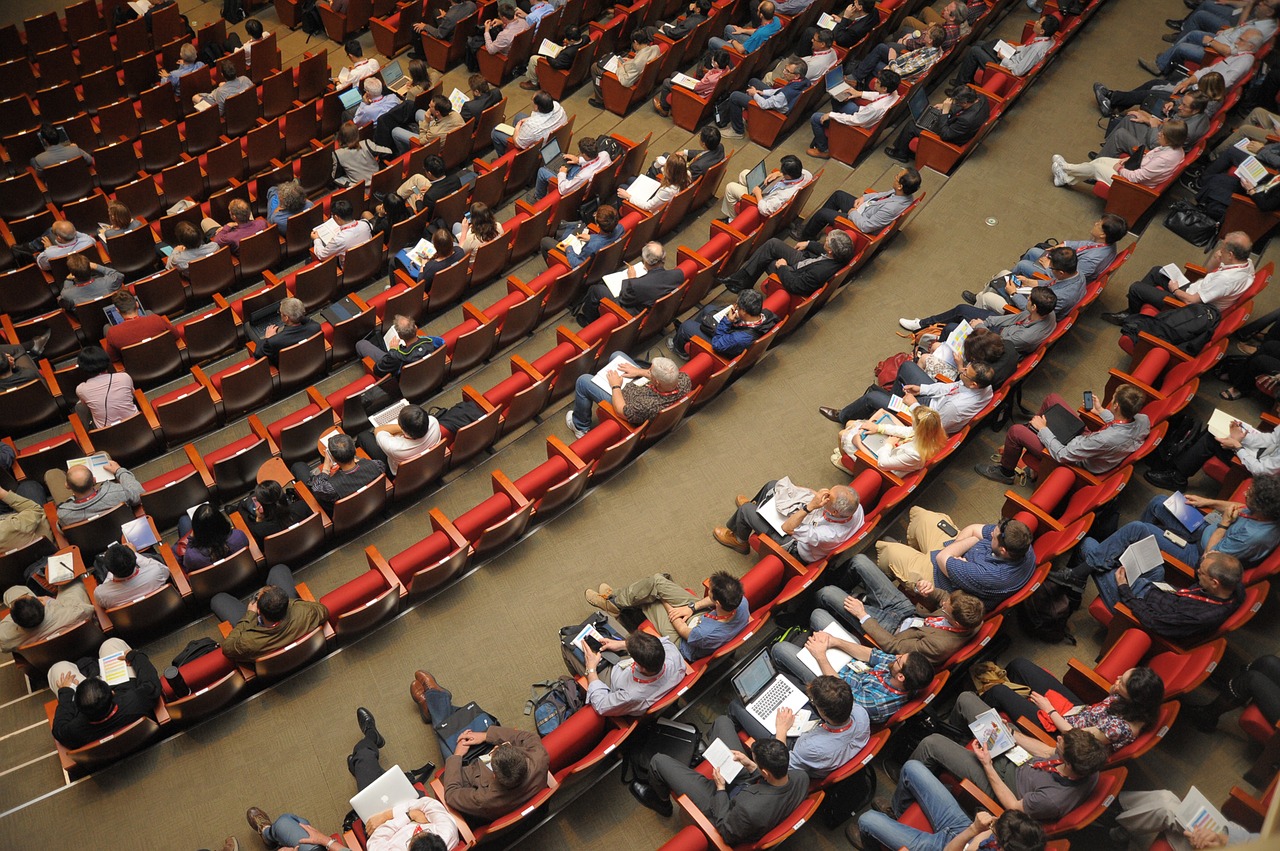
For those of you that don’t know, the Association of University Radiologists (AUR) annual meeting is the main forum for all radiology residency programs throughout the country to discuss the most critical issues affecting radiology residency programs, GME education, and radiology medical student education. These include anything from the radiology residency match to the job market as well as the hardcore academic issues. So, once again, I would like to keep you up to date with the AUR update 2019 on what is new in radiology education and the main factors that may impact your training.
Radiology Match/Competitiveness
As I had previously promised in a previous blog on the match, I will provide with a summary of the numbers compared to past years. Slightly different from my experience in the match, the numbers pointed to an overall similar year for radiology residency competition. Compared the previous year, 18 spots were left open (previously ten places). And, the percentage of foreign graduates were also similar (32% vs. 29%). However, the number of applications per resident had increased significantly, perhaps driving somewhat more competitive applicants into the interview spots.
Given the numbers, however, the facts show no significant change in competitiveness from year to year. Interestingly enough, in my experience, the overall quality of the applications was higher. (my experience can differ from the overall statistics!) So, I believe that some increased self-selection has been happening, not measured by the statistics. In terms of competitiveness, one of the hot topics lectures stated that radiology this year was similar in competitiveness to emergency medicine.
The Job Market
Like the previous year, the future has become rosy for new radiology residency graduates. Droves of retiring radiologists and a good economy are leading to the robust job markets for new radiology resident graduates. Also, similar to the last year, there are nearly two jobs available for each diagnostic radiology residency graduate. I would say that is not too shabby!
Furthermore, the needs of practices remain similar to the past. Body imaging, neuroradiology, and interventional are the most common available first jobs. And, the greatest need for radiology practices remains breast imaging, body imaging, and neuroradiology. Most jobs posted are again available in the South and the least in New England.
What I found particularly interesting: 8% of all graduates were able to find a job with no fellowship training. I’m not sure what the statistics were for the previous years (probably a lower percentage in past years), but I have a feeling these folks would still have a hard time finding a position on the populated coasts. However, these statistics bode well overall for all graduates trying to find a job.
Change In Board Pass Rate Minimums
From an associate residency director of a “smallish” program, ACGME board passing changes have the potential to make some issues for smaller radiology residency programs. No longer is the minimum requirement an 80% pass rate for residencies by the end of the residency. Instead, each program needs either an 80% first-time core examination pass rate or be over the 5th percentile for all residencies (that makes up about seven programs) with a look-back of five years. If you happen to have a “freak” year or two of a lower pass rate as a smaller program, the ACGME can target your residency for a new site visit. And, that can wreak all sorts of havoc!!!
Radexam
Unconscious bias
The quality of the speakers at the meeting varies widely. But, this year the AUR meeting provided us with a treat. Straight from the NPR news station, Shankar Vedantam gave an excellent lecture on unconscious bias and how that can affect radiologists when it comes to issues like the selection of diverse radiology residency applicants. No, it did not provide us with a formula for maintaining diversity in our residencies. But, it did give a new perspective on how we make the decisions that we do. If not this year or next year, I would expect some future changes in the rules for the overall process of residency selection and evaluation to incorporate some of the principles from this talk.
AUR Update 2019 and Change
The one constant in all radiology residencies is “change.” And, this year with the AUR update 2019 is no exception. Between the match, the improving job market, changing pass rate standards, an evolving Radexam, and new perspectives on unconscious biases, I foresee that our program, as well as all programs across North America, will have to roll with the punches and continue to adjust!






